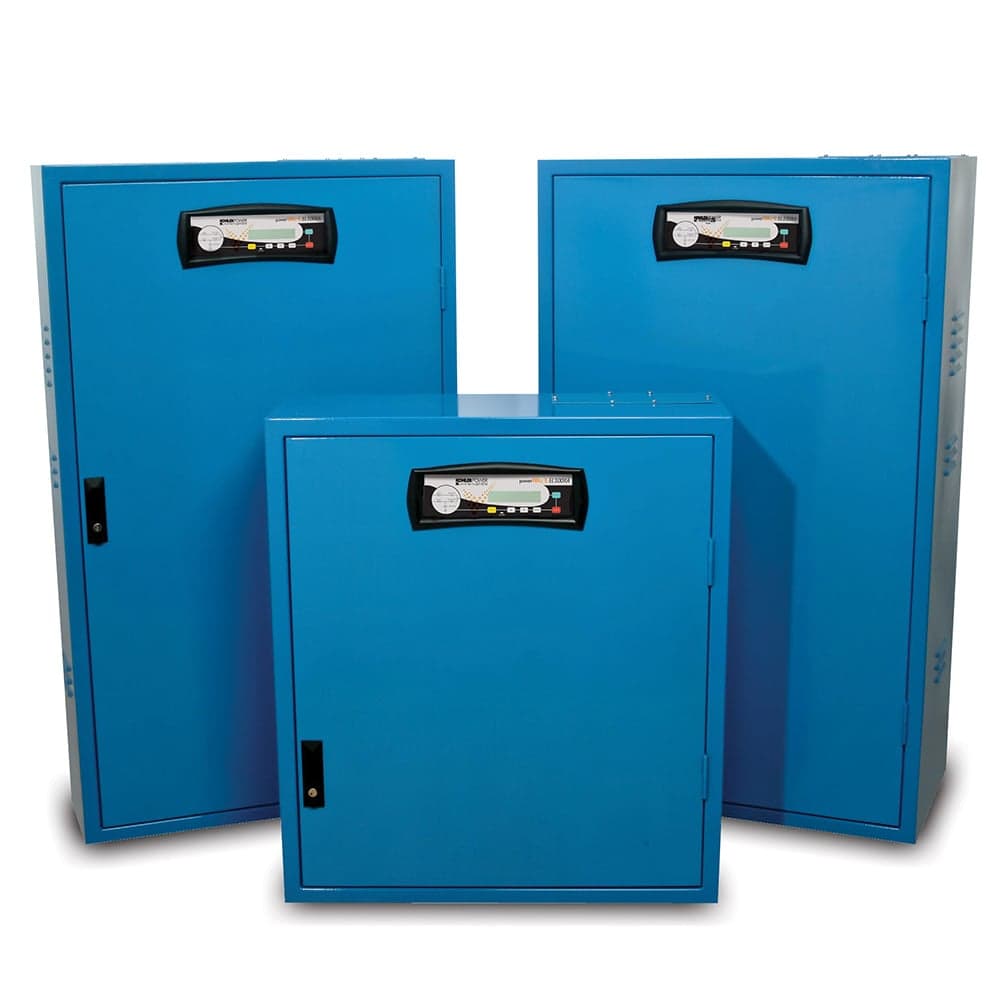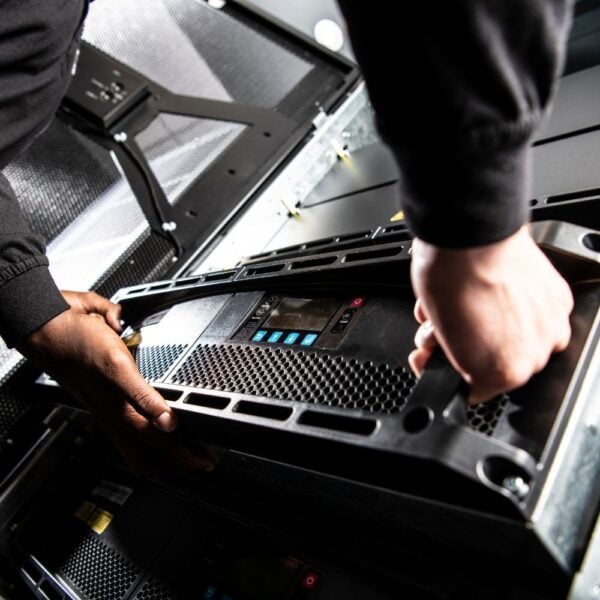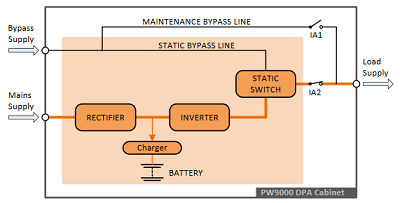How many times did your Dad tell you ‘always use the right tool for the job’. It’s an old adage, but it applies equally to recommendations that we make to our customers.
As a leading supplier of UPS systems in the UK & Ireland, KOHLER Uninterruptible Power Ltd (KUP) are often asked about using our UPS range for centralised emergency lighting applications. They can, but not without considerable oversizing. Our recommendation is to use our KOHLER EL range of static inverters for this application – ‘..the right tool for the job’.
The KUP KOHLER EL range covers both single-phase static inverter and three-phase static inverter applications and lighting load requirements from 500VA to 160kVA. Passive Standby, Active Standby and No-Break operating modes are also supported, but what’s the difference?

The KOHLER EL range of Emergency Lighting Static Inverters
With a Passive Standby emergency lighting static inverter system, the lighting load is normally powered directly from the mains supply, but in the event of a power failure automatically transfers the load to the inverter. A battery provides power to the inverter to support the lighting load. As the system is sitting in idle until required, effectively on demand, there is an energy saving benefit. Additionally, the system components are less stressed, so extending their working life and need less maintenance. Passive Standby systems are ideal for use with fluorescent and incandescent lighting.
As the name suggests, a No-Break emergency lighting static inverter system is always on, with the lighting load continuously supplied by the inverter. This guarantees there is no changeover switching of the supply to the load when the mains fails and makes them ideal for maintaining high pressure discharge lights as well as fluorescent and incandescent lighting. Further, the lighting load is unaffected by any variations in the mains supply and is constantly supplied with stabilised, smoothed and conditioned power, so the lights don’t flicker and lamp life is extended.
A subtle difference with an Active Standby emergency lighting static inverter is that although the inverter is constantly running, it is off-load. This design reduces stress on the inverter, subsequently reducing the risk of system failure at the critical time the inverter takes the lighting load at mains failure.
‘Safety first’, another old adage, is of paramount importance with emergency lighting systems, after all its prime function is for life saving. As you would expect they are highly regulated and have to be compliant with the European Norm EN50171 Standard. All KUP’s KOHLER EL static inverters comply.
Another critical area of compliance required by the EN50171 standard is for static inverters to support a continuous overload if there is a circuit disruption within the emergency lighting system. The KOHLER EL static inverter range all have a high overload capacity and are able to support continuous overloads of 120% of the nominal power rating.
Equally important to choosing a static inverter is making sure it is supported over its life by regular service and maintenance. A well maintained static inverter will ensure the integrity and availability of the emergency lighting system when it is needed and is essential for both safety and peace of mind. This philosophy applies equally to batteries, which are at the heart of any centralised emergency lighting system.
Battery duration is deemed by the specific requirements for each emergency lighting installation, but a long autonomy of three hours is typical. That means a significant amount of batteries and it is essential a robust battery care regime is used to ensure they provide a reliable power supply when a mains failure occurs.
On top of regular & periodic battery service, KUP are seeing a trend towards the adoption of our PowerNSURE dedicated battery monitoring, management and care system within the centralised emergency lighting systems we supply. PowerNSURE monitors the condition of every battery individually and regulates the battery charging process to avoid under-charging, guaranteeing the availability of batteries at all times.
So a number of key considerations with respect to static inverters and batteries for centralised emergency lighting systems. It is all about ‘…choosing the right tools – product & service – for the job’.




